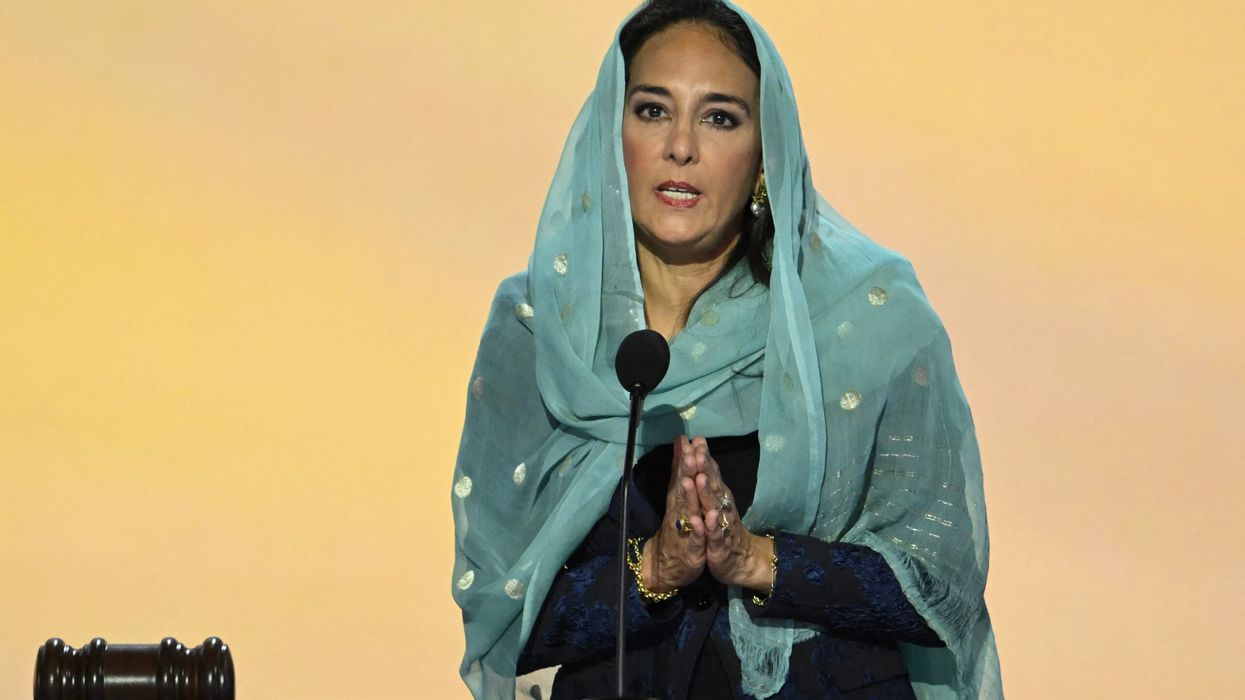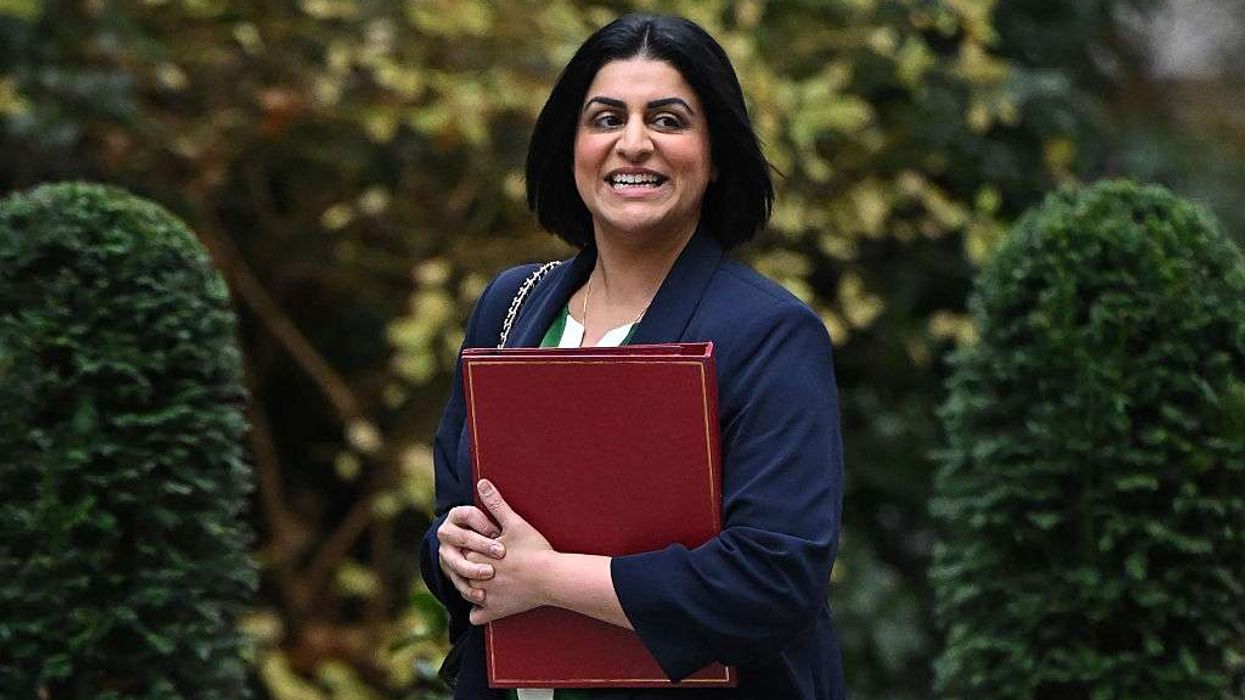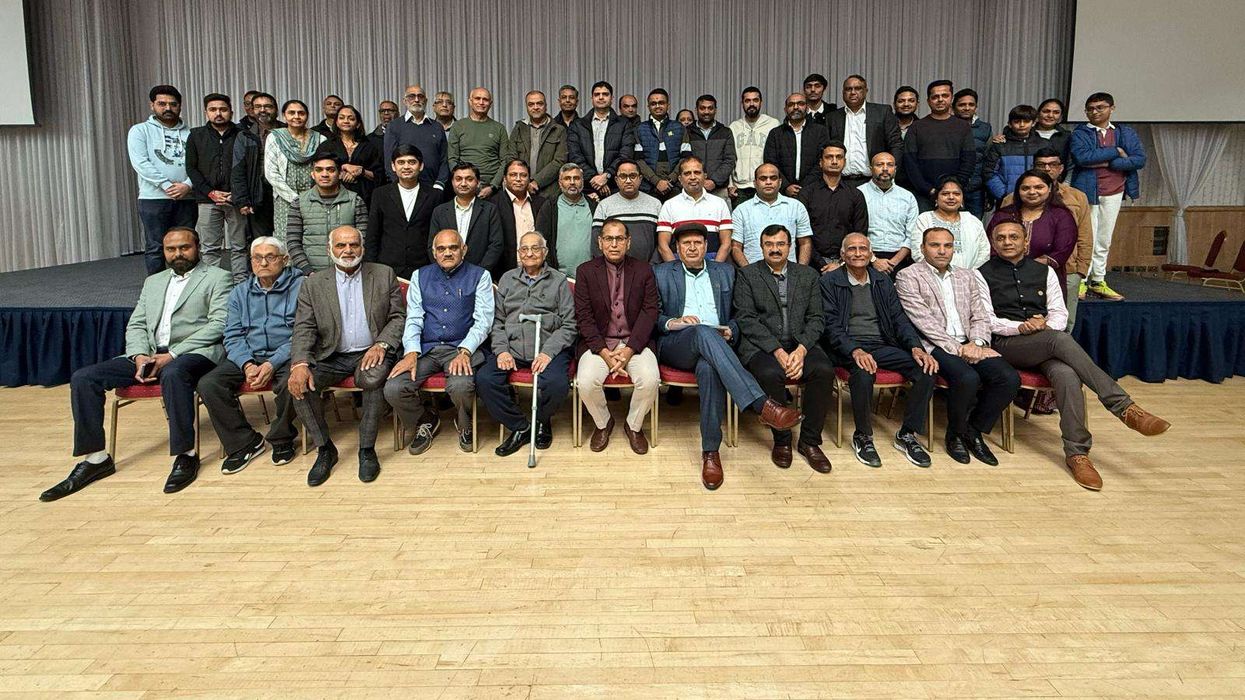by LAUREN CODLING
A LEADING female scientist hopes to abolish the myth that STEM subjects are difficult and encourage women to pursue science careers.
Professor Dame Pratibha Gai, a pioneering microscopist, was presented with her damehood for services to chemical sciences and technology last Friday (23).
The Indian-born scientist helped to co-develop the atomic resolution environmental
transmission electron microscope (ETEM), an innovative microscope which is able to analyse atoms at an atomic level.
The first of its kind, it helped unravel the mysteries of how atoms work and how they interact with each other in various environments.
Gai is also an advocate for female scientists in the field and told Eastern Eye she encourages her own students at the University of York to aim high.
“STEM subjects are considered to be hard – however, that’s a myth. The subjects are basically about the world, all the details about the world, and are so beneficial to humanity,” she said.
Now a professor of electron microscopy in the physics and chemistry department at the University of York, Gai’s interest in the sciences began as a young girl in India when she was inspired by pioneering scientist Marie Curie.
However, as India was largely a male oriented society, she admitted she found it challenging to pursue her preferred career in science. In her experience, women scientists have “always had to work harder than male counterparts because they must prove themselves”, she revealed.
When she was young, careers in the physical sciences were not that common in India, Gai said, adding that most bright girls at the time went into medicine.
“I wanted to go into physical sciences, because I had read about all these scientists. I wanted to do something, find something new, but being in a male-oriented Indian society, the only route to higher education for me was through scholarship,” she said. “That was a big hurdle I had to overcome.”
Gai was awarded a scholarship to Cambridge University where she eventually went on to achieve a PhD in Physics. She cited this opportunity as a key factor in the success of her scientific career.
“With courage, determination and effort, I succeeded, but it was not an easy job and I had to get a scholarship to get to where I am today.”
She also spent time working at Oxford University and the University of Delaware in the US.
Since then, Gai has continued to support women who are pursuing STEM subjects.
“Many career options are open to girls after STEM qualifications,” she said. “The subjects give girls a radical mind to tackle any job they want to.” Statistics released by Unesco last year showed that the worldwide average for women working in science is under 30 per cent.
Gai explained she encourages her female students to believe in their abilities as she understood the “significant” challenges facing women scientists across the world.
“Although the situation is improving, there are still much to do in this regarding society’s expectations,” she said.
Talking about the proudest moment in her career, Gai said seeing the atoms in the ground-breaking ETEM microscope was a true “Eureka” moment for her.
“That was a mind-blowing moment for me and I will never forget it,” she said.
She added that being elected in 2016 as a Fellow of the Royal Society, one of the highest recognitions in the scientific field, was another incredibly rewarding moment for her. Gai also received the L’Oréal-Unesco Women in Science award as the 2013 Laureate for Europe.
Finding out she would be receiving a damehood was a “humbling” moment for her. “It was a pleasant surprise,” she said. However, she noted the honour did not just celebrate her own achievements.
“The honour belongs to all my excellent colleagues and students because they have worked with me over the years,” Gai said. “I am really pleased for them too.”












